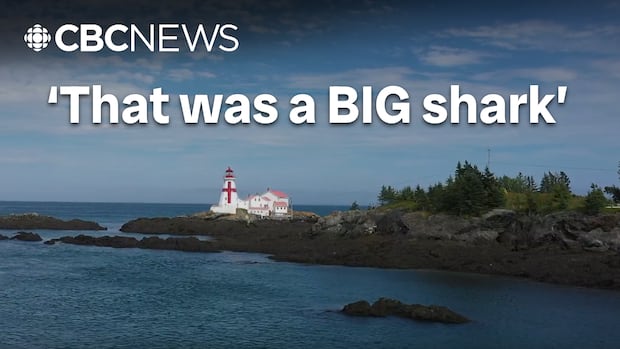Shark tales: What locals saw, or didn't see, during Passamaquoddy Bay White Shark Week
Guelph researcher says likelihood is high that white sharks are mating in Passamaquoddy Bay
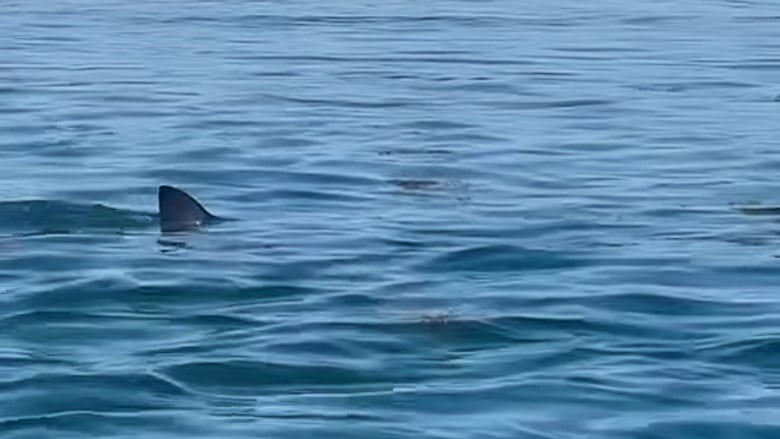
Saturday was a normal day for Joshua Clinch of St. George, N.B.
He, his fiancée and friends decided to go mackerel fishing, a common summertime activity for them.
"I saw a big flock of birds and some other sea life," said Clinch, describing his view of the area around Campobello Island. "I was sort of watching that way, thinking, 'Oh, maybe we'll see a whale. I'm sure the ladies would like to see a whale.'
"And all of a sudden I saw the shark fin roll over."
That fin moved closer and closer before disappearing. A few minutes later, though, it came up again and began swimming under and around the 17-foot boat.
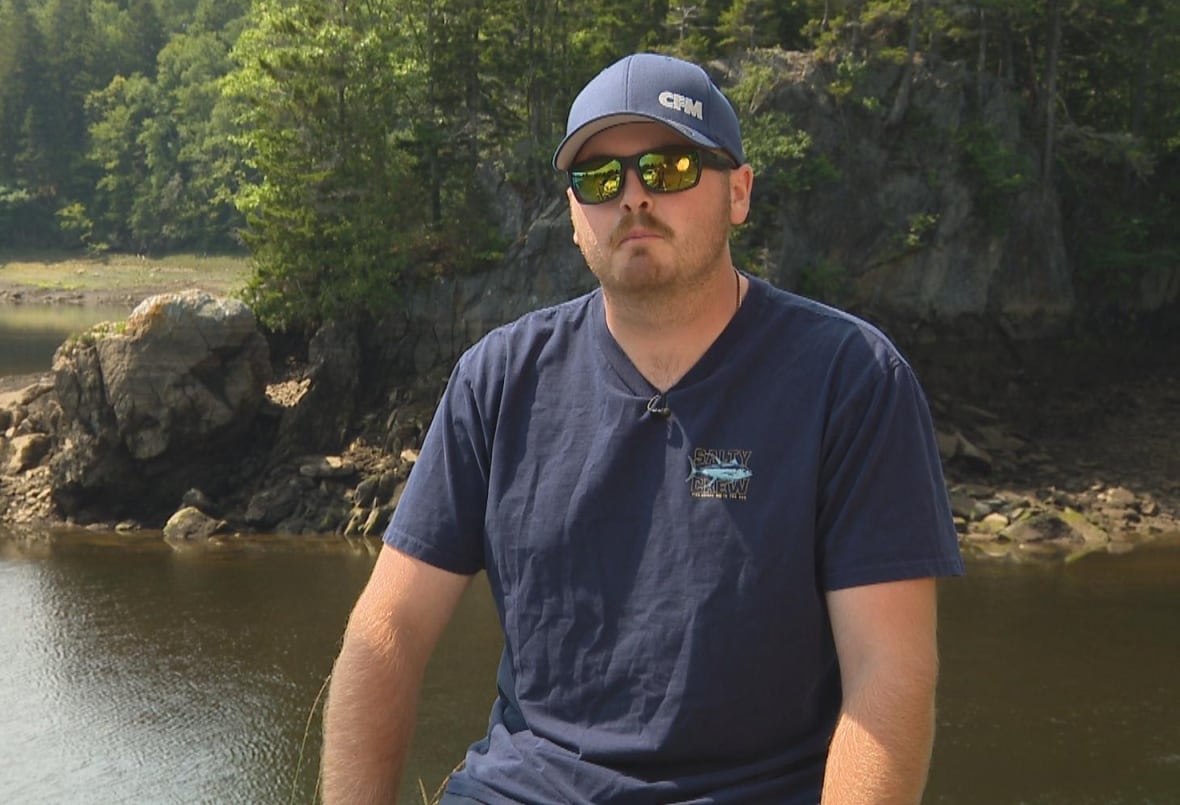
"Originally, we wouldn't have thought it was a white shark at all," said Clinch, a New Brunswick Community College student. "I mean, I was sort of thinking that it was going to be a basking shark or something just because of the sheer size it looked like at a distance.
"And then obviously, when it got in alongside the boat, we were able to tell, no, it is definitely a white shark."
And Clinch isn't the only one in Charlotte County with an up-close shark story. His experience just happened to fall at the tail-end of what was dubbed "Passamaquoddy Bay White Shark Week" — a different take on the Discovery Channel sensation that has been delivering a week of shark-themed programming every year for 37 years.
But Clinch had no idea Passamaquoddy shark week was happening until he shared phone footage of the encounter and was told to talk to the professor visiting from the University of Guelph.
Stephen Crawford of the department of integrative biology has been coming to Passamaquoddy Bay for three years and recently finished up more interviews on Campobello, Deer and Grand Manan islands with local and Indigenous knowledge keepers about their shark encounters.
Crawford believes there is a high possibility that white sharks — popularly known as great whites — are mating in Passamaquoddy Bay, an inlet of the Bay of Fundy between Maine and New Brunswick.
"I've been all the way through Atlantic Canada, all the way up to Gaspé so far, and I have not found any place where the big 18, 19, 20-foot white sharks are in the numbers and displaying the kinds of behaviour that are consistent with courtship and mating," Crawford said.
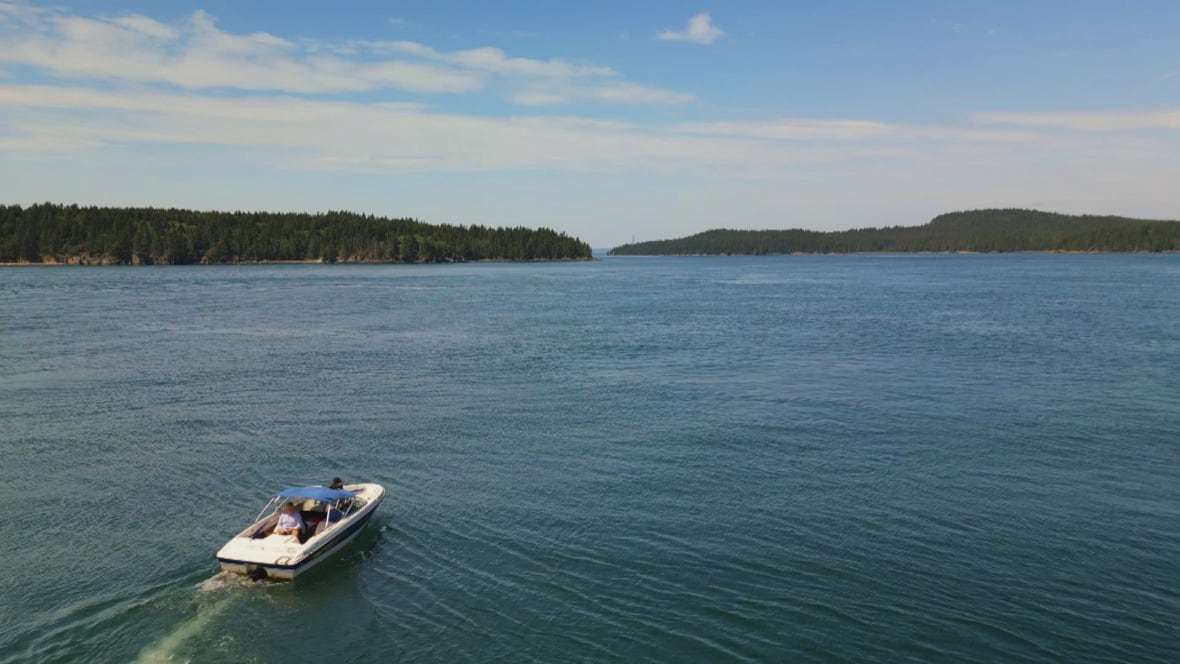
"It may be happening on the other side of Nova Scotia, I would also put a high probability for Cape Breton or off P.E.I., but there is something about Passamaquoddy that is special for the white sharks and their courtship and mating."
In Atlantic Canada, white sharks are seasonal migrants in the late summer and early fall. They are classified as endangered in Canada, according to a status report from 2021. but the population appears to have remained stable since the 1990s and is projected to stay that way or even increase slightly.
The sharks are widely distributed but most frequently observed over the continental shelves of the western north Atlantic Ocean, Mediterranean Sea, the north Pacific Ocean, and off the coasts of southern Africa, southern Australia and New Zealand.
Crawford said white shark mating has only been documented in New Zealand, in Otago Harbour.
"We're looking for that type of an experience here in Passamaquoddy Bay, because when you get that many reports of big animals, it increases the probability."
And with shark stories galore, Crawford said, the community decided to form its own shark week, where people would take their vessels out and report their observations.
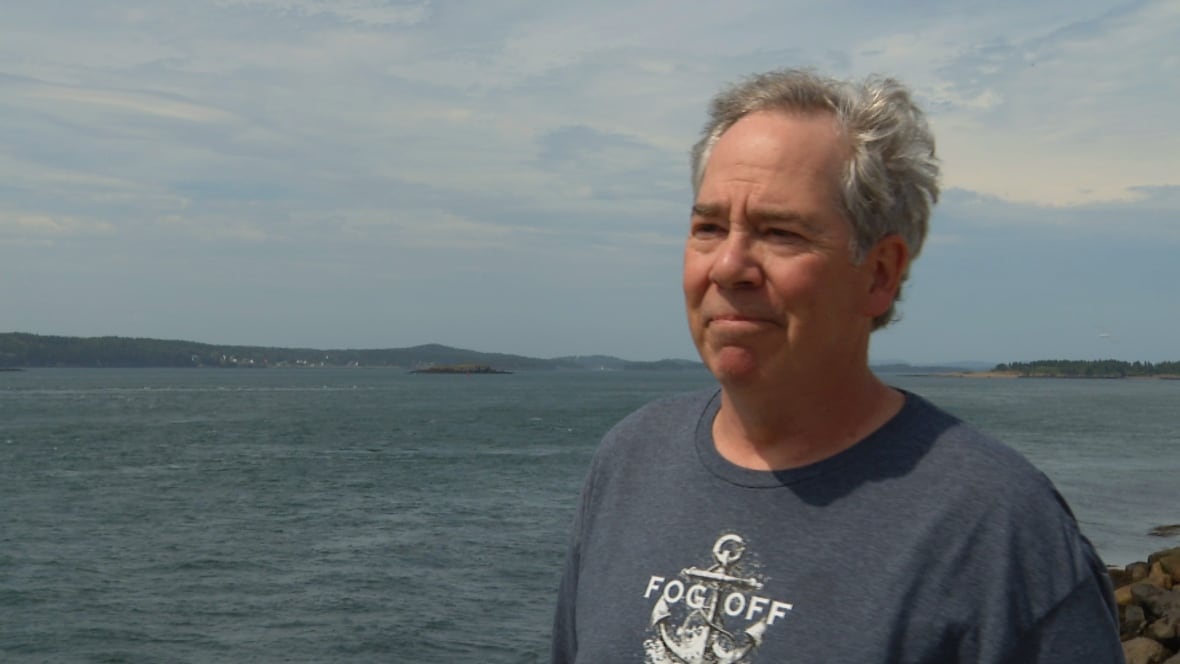
According to Crawford's summary, volunteers logged 183 hours of search time over seven days.
Kingsley Pendleton of Deer Island, who took his boat out, said it's great to have an online community to share his findings with now. He also thinks it would be good to know if there is white shark mating happening in the bay.
Pendleton has lived in the area his entire life. He loves fishing and his wife loves whale watching.
One day in 2020, as he and his family left Hardwood Island in Passamaquoddy Bay, Pendleton saw something. As he got closer, he thought it might be a plankton-eating basking shark — the second largest fish in the world.
"I've only actually seen two in my life," he said. "And I said, 'I'll get 100 yards in front of it and let it swim by us.'
"And when I did, it turned at me."
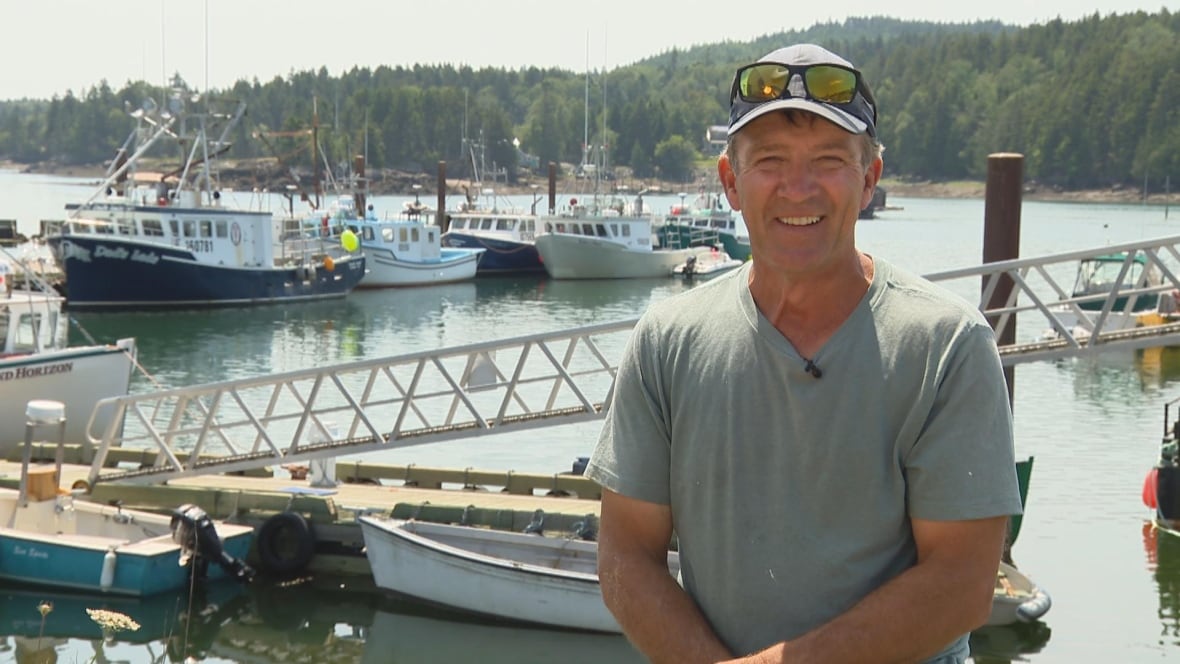
Pendleton said the shark, which he still thought was a basking shark, started picking up speed, and its fin went underwater.
Then, he said, the shark looked at him.
"I've seen sharks lots of times," he said. "I used to drag with my brother, and we caught the odd shark, you know, but they were eight feet, 10 feet, makos or porbeagles. This one was a big, big, great white."
The shark resurfaced four times and Pendleton estimates it was between 18 and 20 feet long. After he posted about the experience on Facebook, a shark researcher from Massachusetts contacted him and said it would have been one of the biggest sharks documented on the East Coast.
Pendleton suspects there are more white shark sightings now than there used to be, but one thing he knows has changed — the ability to document an encounter on a cellphone.

Ron Fournier, a helicopter pilot based in St. Stephen who does tours of Saint Andrews, Passamaquoddy Bay, the St. Croix River and Campobello Island areas, said he saw a call for volunteers on the news and decided to help — from above.
After all, he had a sighting of his own in May.
"We weren't looking for anything because … I'm from Alberta, and we don't really look for fish," Fournier said.
"We were flying by, and we went by Campobello Island, and we saw what looked like two black shadows that looked just like sharks that you see on TV."
Fournier said he thinks it's important to document experiences like this.
Alexa Meyer, the conservation manager with the Passamaquoddy Recognition Group, the non-profit that represents the Peskotomuhkati Nation, agreed.

She said it's important to understand the current state of the bay because it's a piece of the puzzle when it comes to revitalizing it.
It's one of the reasons her team wanted to get involved with shark week. Knowing what the sharks are doing can shed light on what other species might be present.
Meyer said the volunteer effort is special in another way, too.
"It reconnects not only people to the lands and the waters again, but also brings out awareness of how beautiful this place is," she said.
Crawford now has about 130 interviews for his research program and thinks he has at least a year and a half to go.
"I can't see me not coming back here," Crawford said. "Based on everything that I've heard so far from the Indigenous and local knowledge holders, if anybody's going to find white sharks courtship and mating, I put the highest probability right here in Passamaquoddy Bay."
- How Jaws made us believe great white sharks are villains in real life
- Ottawa moves to rebuild white shark population in Atlantic Canada
And while no white shark activity was spotted the first six days of the inaugural shark week, which Joshua Clinch didn't even know existed at first, it ended on a high.
"You might hear the Jaws music playing in your head," Clinch said. "But, I mean, ultimately, I spent a lot of summers out here on the water, and to see something like that up close is a once-in-a-lifetime experience."
With files from Michael Heenan

